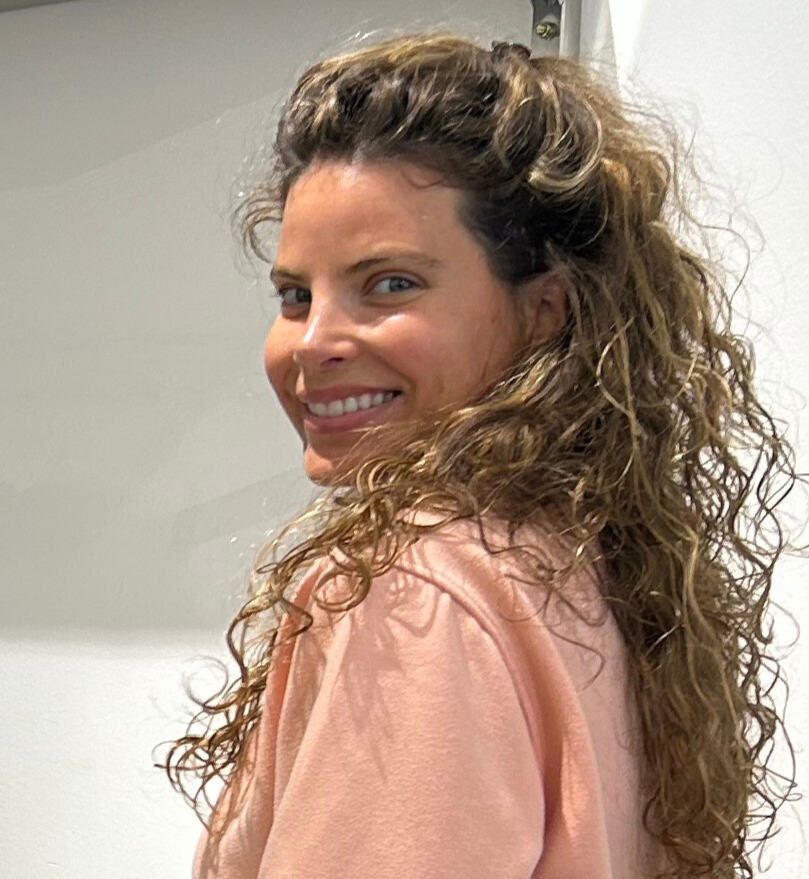Hello Sébastien, thank you for seeing me! First of all, could you describe your current role as Lead Fullstack Developer, and the main responsibilities associated with it?
Hi Alisée. I joined the company in April 2021. So I've been with
Inforca. Before that, the team I'm currently in and I worked for a company in Marseille. Then we moved to Inforca. We started working with various government departments. For the record, when I arrived at Inforca, I was a design and development engineer.
As the team grew, I became lead developer and started supervising the new arrivals.
Now I manage both development and supervision, acting as an intermediary between customers and the technical team. I make sure that customers' needs are understood and taken care of, and I supervise development and delivery to the production and development servers.
We've come a long way! And a long way up! If we go into the specifics
specific nature of your job, how do you approach the needs analysis phase and the drafting of technical specifications in your projects? Can you give us a concrete example of your
methodology?
When we receive customer requirements, there are two possible scenarios: for calls for tender, we draft a response in the form of a PowerPoint presentation describing what can be put in place and what already exists. Then, for day-to-day requirements, we use the Jira tool to manage customer tickets, which detail the problems or requests. Based on these tickets, I assign tasks to the developers, whether for the backend, frontend or design, and we mainly exchange information via Jira (a tool for managing projects and tracking bugs).
Can you tell us about a complex project where you had to solve some major technical challenges? What was your approach and what was the result?
One of the biggest technical challenges was migrating data from customers' old sites to the new platform they wanted to use.
So we developed a module to transform and migrate the old content to the new systems using a complex data transformation matrix. This involved retaining as much data and relationships as possible, in particular images, dates and links. It was a major technical challenge, but we managed to overcome it.
And I take my hat off to you. Can you mention a recent technology or tool that you've adopted and integrated into a project?
We're still using the same tools, but we're trying to improve our processes and automate certain tasks. For example, we use GitLab to manage our code and have set up automatic actions to check certain parts of the code. We've also automated communication between Jira and GitLab to facilitate testing and notifications.
Practical, indeed. What does Inforca bring to your day-to-day work?
What I like about Inforca is working on prestigious projects with major technical challenges. For example, the public services site or the Culture site , where we integrate events into a Data Lake (storage space for all kinds of raw data, ready to be analysed as required). This creates an ecosystem around the events stored in this database, enabling various sites to retrieve this information. A bit technical, I know...
A bit, I'm not going to lie to you, but I'm with you! If you were to look to the future, how would you see your career developing as a design and development engineer?
I enjoy my current role, which combines customer contact and development management. But in all honesty, although I'm doing more and more management work, I prefer to stay in production rather than move into sales.
I don't see any major changes in this job, because there will always be a need for someone to act as a link between the customer, the solution and the technical team.
My job might disappear if the customer could talk directly to the developer, but I think it's essential to have an overall knowledge of the project.
Interview by A.F, Digital Development and Events Manager at Inforca, with Sébastien, Lead Fullstack Developer at Inforca's digital agency.




